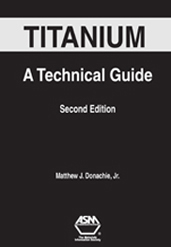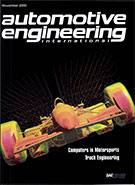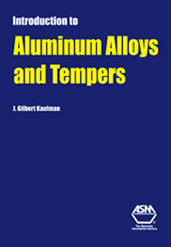Technical Paper
Experimental Evaluation of Friction Coefficients of Typical Loads and Trailer Decks Under Vertical Vibration
2000-12-04
2000-01-3510
This paper summarizes the methodology and findings of an investigation to determine friction coefficients between typical loads and trailer deck materials in static, sinusoidal, and field measured random vibration environments. To conduct the tests in a controlled laboratory environment, a special sled-deck fixture was designed. Provisions were made to allow a change in sled-deck contact materials and to vary the load on the sled. For dynamic testing, the deck was subjected to sinusoidal and field based random signals obtained from tractor-trailer traversing paved and gravel roads. The results reveal that under vertical vibration, these friction coefficients can be as low as 25% of their corresponding static values. The random vibration tests revealed that friction coefficients can fall below 75% of the mean value for up to 35% of the total test duration. Thus, loads that rely on static friction for security may be highly prone to load shifts in a dynamic environment.






